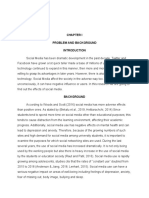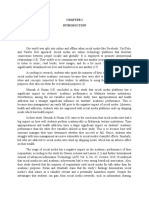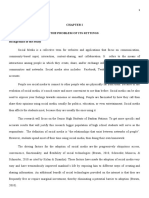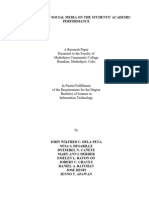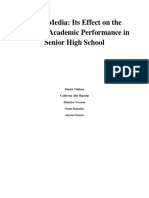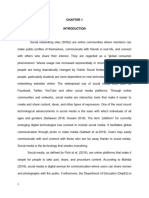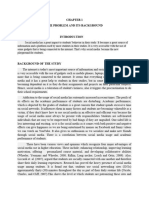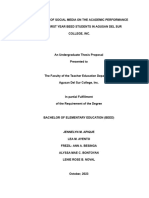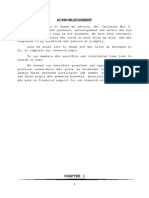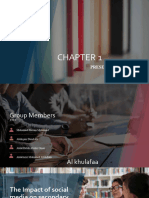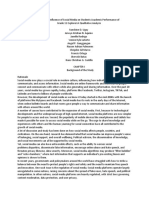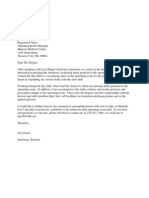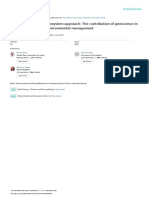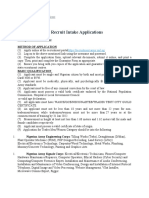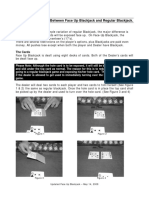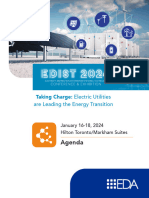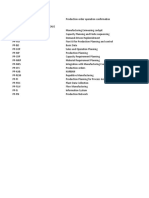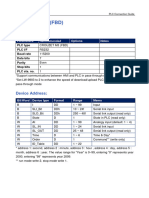0% found this document useful (0 votes)
117 views14 pagesDenden
This document explores the impact of social media on the academic performance of senior high school students, highlighting both positive and negative effects. It identifies issues such as poor sleep, anxiety, and negative body image as significant factors influenced by social media usage. The study aims to raise awareness among students, teachers, and parents about the potential consequences of social media on academic life and learning experiences.
Uploaded by
mygame.notaCopyright
© © All Rights Reserved
We take content rights seriously. If you suspect this is your content, claim it here.
Available Formats
Download as DOCX, PDF, TXT or read online on Scribd
0% found this document useful (0 votes)
117 views14 pagesDenden
This document explores the impact of social media on the academic performance of senior high school students, highlighting both positive and negative effects. It identifies issues such as poor sleep, anxiety, and negative body image as significant factors influenced by social media usage. The study aims to raise awareness among students, teachers, and parents about the potential consequences of social media on academic life and learning experiences.
Uploaded by
mygame.notaCopyright
© © All Rights Reserved
We take content rights seriously. If you suspect this is your content, claim it here.
Available Formats
Download as DOCX, PDF, TXT or read online on Scribd
/ 14


